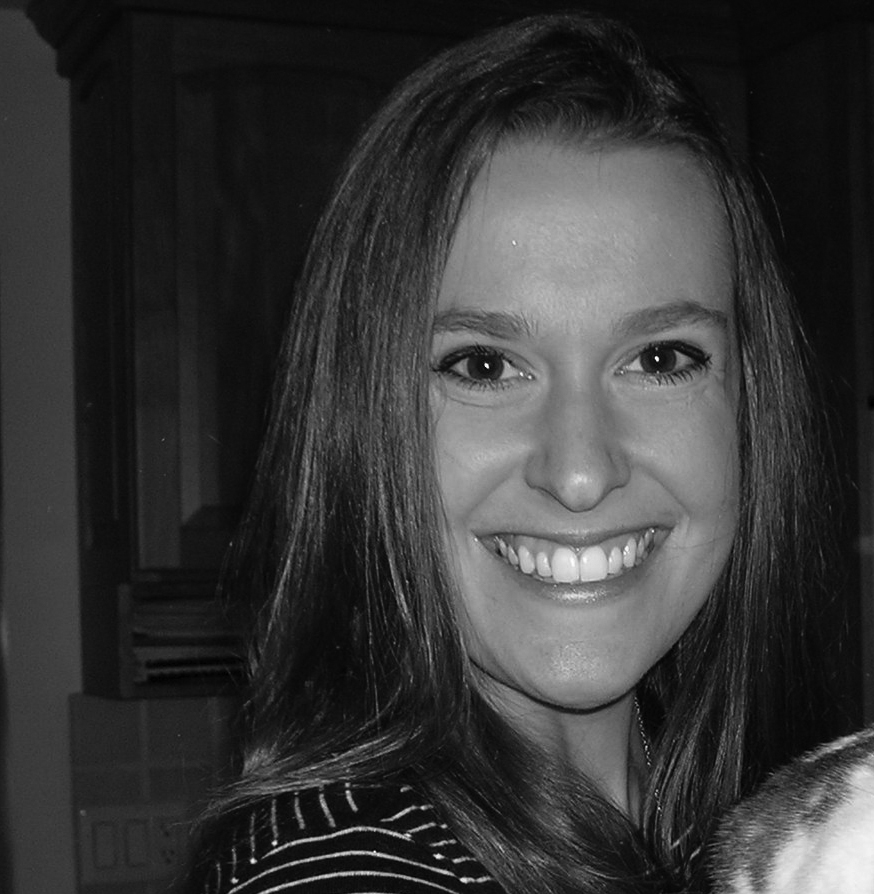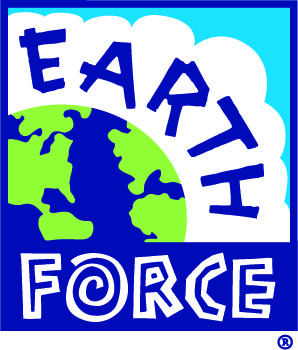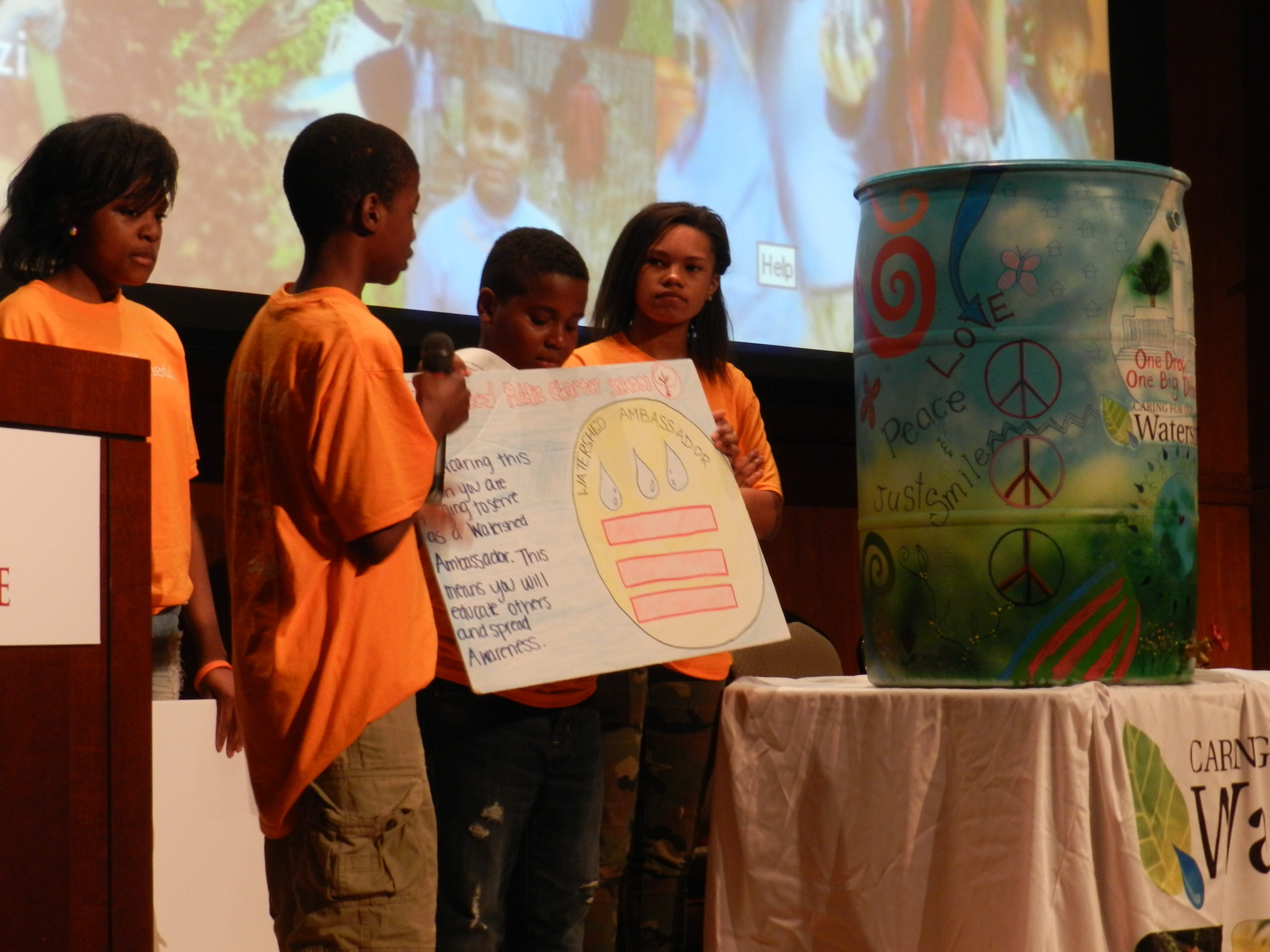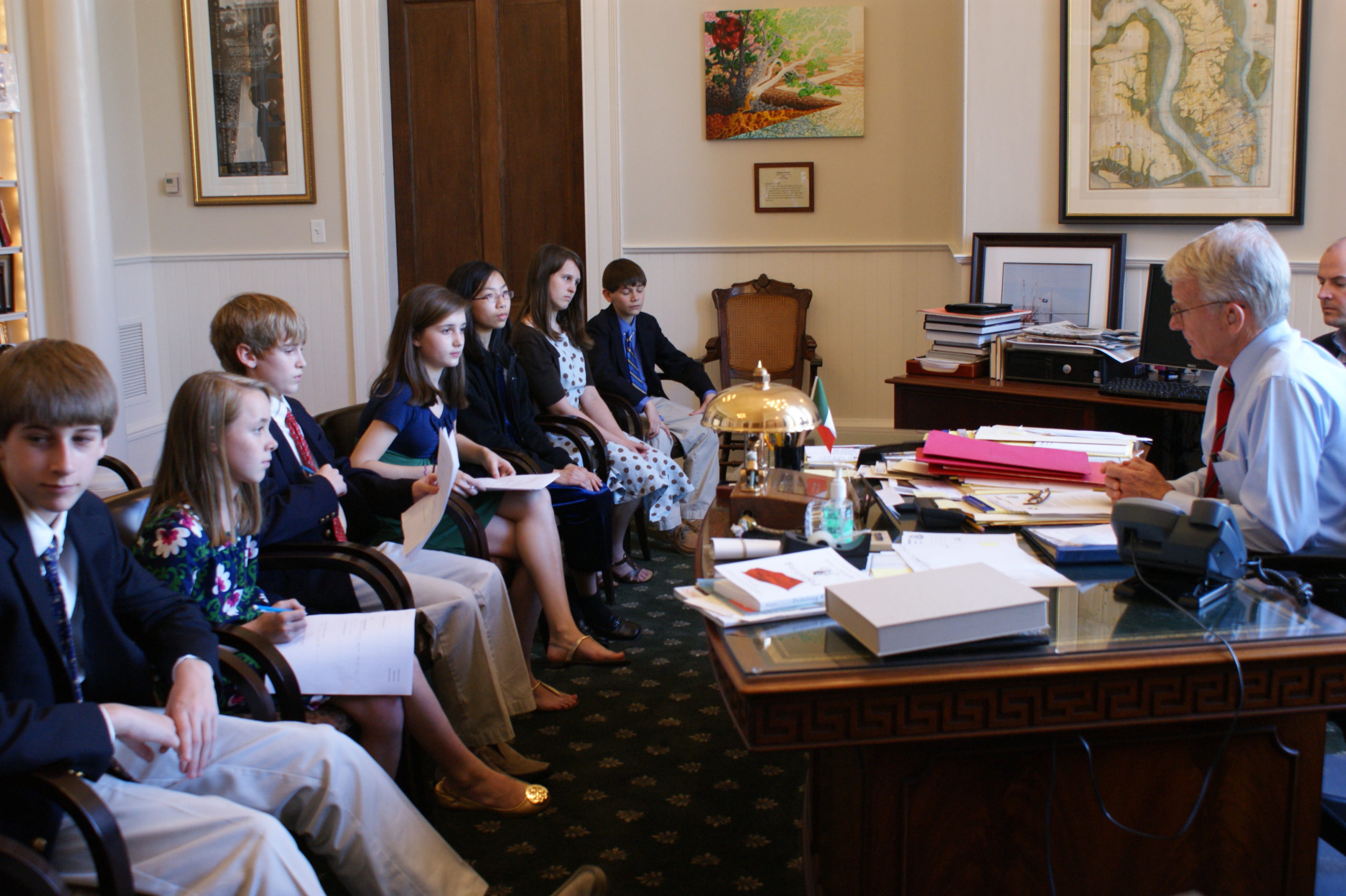 Special to the Philanthropy Journal
Special to the Philanthropy Journal
By Kristen Mueller-Sims
In February 1994, 20 young people launched Earth Force at a news conference in Washington, DC. The student group had a meeting with Vice President Al Gore to present “Plan for the Planet,” an outline of environmental recommendations created by 50 youth delegates from all states. Our organization has since gone through several iterations, but our mission of engaging youth as active citizens who improve the environment and their communities, now and in the future, has remained our focus.
 Earth Force’s success and longevity stem from focusing on youth. We even have youth representatives on our Board of Directors. We believe that youth should be involved as active decision-makers in all aspects of life, and our organization is no exception. Oftentimes, our youth board members are previous Earth Force participants. They can range from sophomores in high school to seniors in college.
Earth Force’s success and longevity stem from focusing on youth. We even have youth representatives on our Board of Directors. We believe that youth should be involved as active decision-makers in all aspects of life, and our organization is no exception. Oftentimes, our youth board members are previous Earth Force participants. They can range from sophomores in high school to seniors in college.
Our programs focus on supporting youth as key drivers of environmental change in their community. Each one uses our Community Action and Problem-Solving Process, a six-step model that combines the best of civic engagement, environmental education, and STEM. Youth work together to design and implement a project to explore root causes and address a policy or practice related to the environmental issue that they identify in their community. Over 15 years of programming shows that students gain civic skills, have a stronger understanding of the environment and how they can impact change, and want to continue to solve environmental issues.
 For the past six years, we’ve focused our model on training and supporting educators and partner organizations who guide middle school students through a hands on learning process. Adults often don’t recognize the importance of viewing youth as stakeholders and don’t know how to bring youth to the table. We focus on educating adults, primarily educators, around why this work matters, and giving them the tools to support youth as decision-makers and leaders today. Our professional development teaches educators practical ways to allow youth voice to come through. Adults learn how to manage youth voice and how to prepare others to listen to and engage with youth.
For the past six years, we’ve focused our model on training and supporting educators and partner organizations who guide middle school students through a hands on learning process. Adults often don’t recognize the importance of viewing youth as stakeholders and don’t know how to bring youth to the table. We focus on educating adults, primarily educators, around why this work matters, and giving them the tools to support youth as decision-makers and leaders today. Our professional development teaches educators practical ways to allow youth voice to come through. Adults learn how to manage youth voice and how to prepare others to listen to and engage with youth.
Empowering youth now can have an immediate and future impact on the environment. Through Earth Force, Ana’s, a 7th grader from Fairfax, VA, had a class project focused on wetland restoration in the Chesapeake Watershed. They participated in our program and were able to bring their project, Watershed Warriors Restoring Wetlands, to life, receiving over $1,000 in implementation funding. Energized by the community’s commitment to the project, Ana applied for a grant, receiving $2,000, and continued to restore wetlands in the 8th grade. In high school, she started the Watershed Warriors, an afterschool club that teaches 5th graders about wetlands and their importance. State testing in Virginia focuses on science in 5th grade, so Ana created lesson plans to reinforce important concepts. Ana said that “It is really cool to see that I can create inspiration among other students. It’s not something every middle schoolers get to feel. My Earth Force teacher helped students, like me, see that we can make a difference and gave us the tools to improve the environment and our community.”
 Earth Force focuses on the whole community when working to elevate youth as partners in protecting and improving the environment. We want government, businesses, universities, and schools to see how youth are assets in solving complex problems. Youth can see beyond barriers to put forth innovative ideas. Youth want to be challenged. Youth want to be heard. If we give them space to contribute, we all benefit from their unique and effective ideas that we may not have thought of otherwise.
Earth Force focuses on the whole community when working to elevate youth as partners in protecting and improving the environment. We want government, businesses, universities, and schools to see how youth are assets in solving complex problems. Youth can see beyond barriers to put forth innovative ideas. Youth want to be challenged. Youth want to be heard. If we give them space to contribute, we all benefit from their unique and effective ideas that we may not have thought of otherwise.
Right now we are working to deepen the experience youth have through Earth Force. We currently operate in 61 communities through the U.S. and Canada and reach over 20,000 young people annually.
For over two decades, we’ve stayed true to our mission. We need to help students understand what’s happening around them, teach them the skills necessary to create change, and motivate them to be lifelong stewards of the planet. The unknown challenges that will confront us in the future will require the commitment and ingenuity of all of us, and it is critical that we are preparing youth to take on this role.
Kristen Mueller-Sims leads national communications, creating engagement and excitement around Earth Force, and its partners’, hands on, minds on programming. Specializing in traditional media and social media relations, she brings youth voice and leadership to the forefront of the environmental education field.




